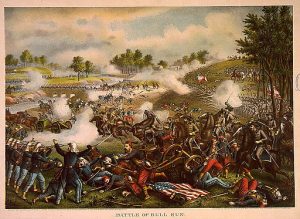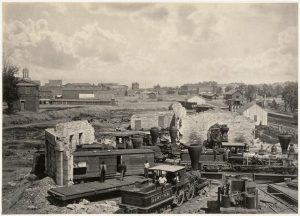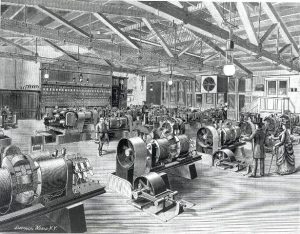
The American landscape transformed dramatically after the Civil War. The rise of factories and machinery replaced manual labor, ushering in an era of urbanization. While this progress offered a more convenient lifestyle, it came at a cost: less physical activity for the average citizen.

Conquering Contagious Diseases: At the turn of the 20th century, infectious diseases like influenza and polio were the leading causes of death. The fight against these illnesses received a major boost with the discovery of penicillin, paving the way for a longer lifespan.
The Downside of Progress: However, the convenience of the industrial age had unforeseen consequences. Decades later, in the 1950s and 1960s, a new epidemic emerged: chronic diseases like heart disease, cancer, and type 2 diabetes. These “hypokinetic diseases,” caused by a lack of movement, became the leading culprits behind illness and death. The very lifestyle improvements brought about by the industrial revolution had created a hidden health crisis.
The Birth of Physical Education: As society shifted, so too did the focus on fitness. Following the Civil War, physical education programs gained traction, with Swedish and German gymnastics enjoying moderate popularity. However, a new system called “The New Gymnastics,” introduced by Dioclesian Lewis, took center stage.
Fitness Pioneers: Several key figures played a pivotal role in shaping fitness during this era.
- Edward Hitchcock: Advocated for exercise programs designed to improve overall health and used anthropometric measurements (body size and composition) to track progress.
- William Anderson: Championed the professionalization of physical education instruction.
- Dudley Sargent: Pioneered scientific research in fitness training and developed structured teaching methods for instructors.

The Great Debate: An interesting discussion arose in the post-Civil War era, one that continues today. Many physical education instructors believed in exercise programs focused on health benefits. However, sports were also gaining popularity, leading many programs to prioritize games and athletic skills. This debate between health-related and skill-related fitness in physical education continues to this day.
Stay Tuned: This is just a glimpse into the fascinating history of American fitness. Join us next time for the next chapter!
-Steph